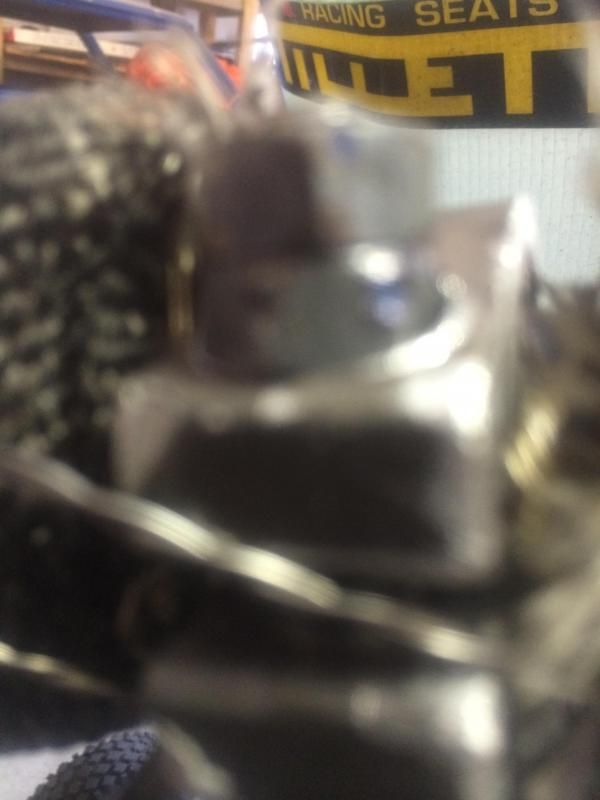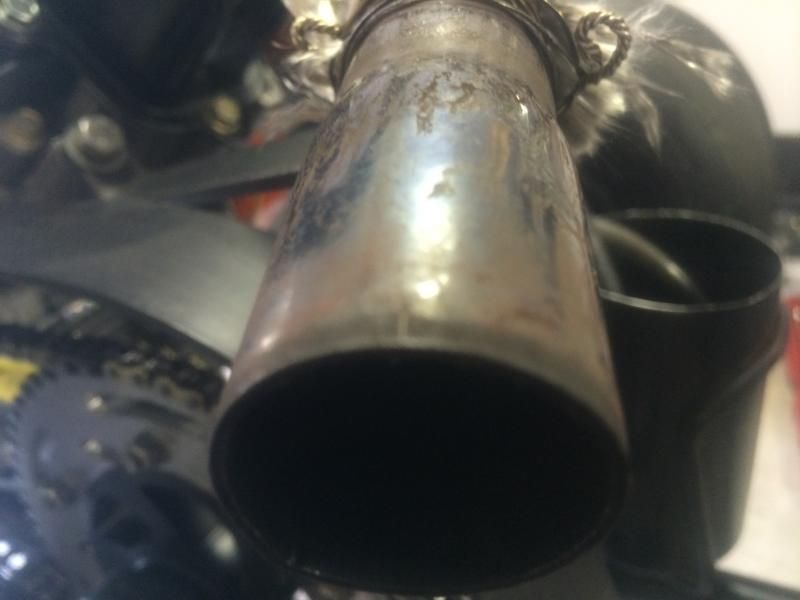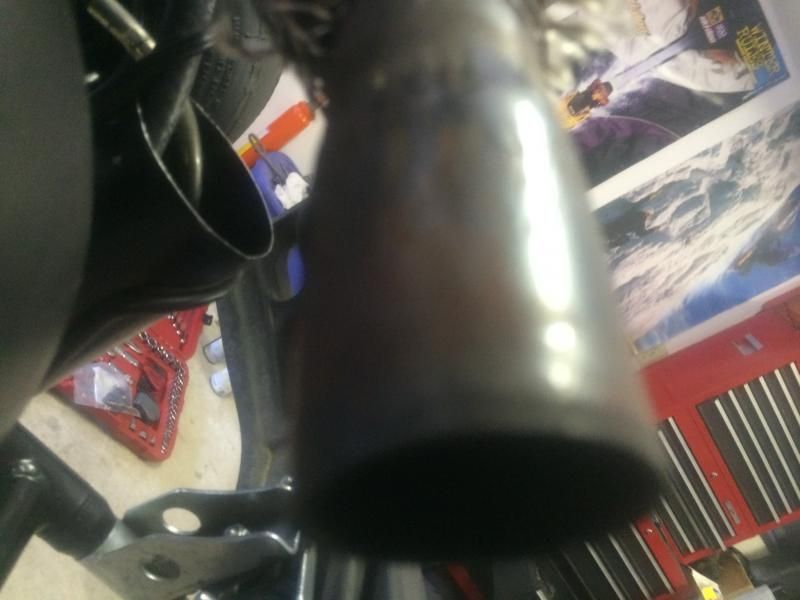morehorsepower
New member
Can the silencer be welded to the exhaust pipe ? Over the weekend we had many that continue to come lose and 2 that fell off that where safety wired . Also we never had this problem until are tech guy made us cover the pipe as per rule #36 . All the clamps where the aluminum type . After we started seeing the problem we drilled out the bolt hole and ran a through bolt and double nutted some of them . It appears that the aluminum is annealing at this point . Please advise on the best fix at this point .
Thanks Bill !
Thanks Bill !


